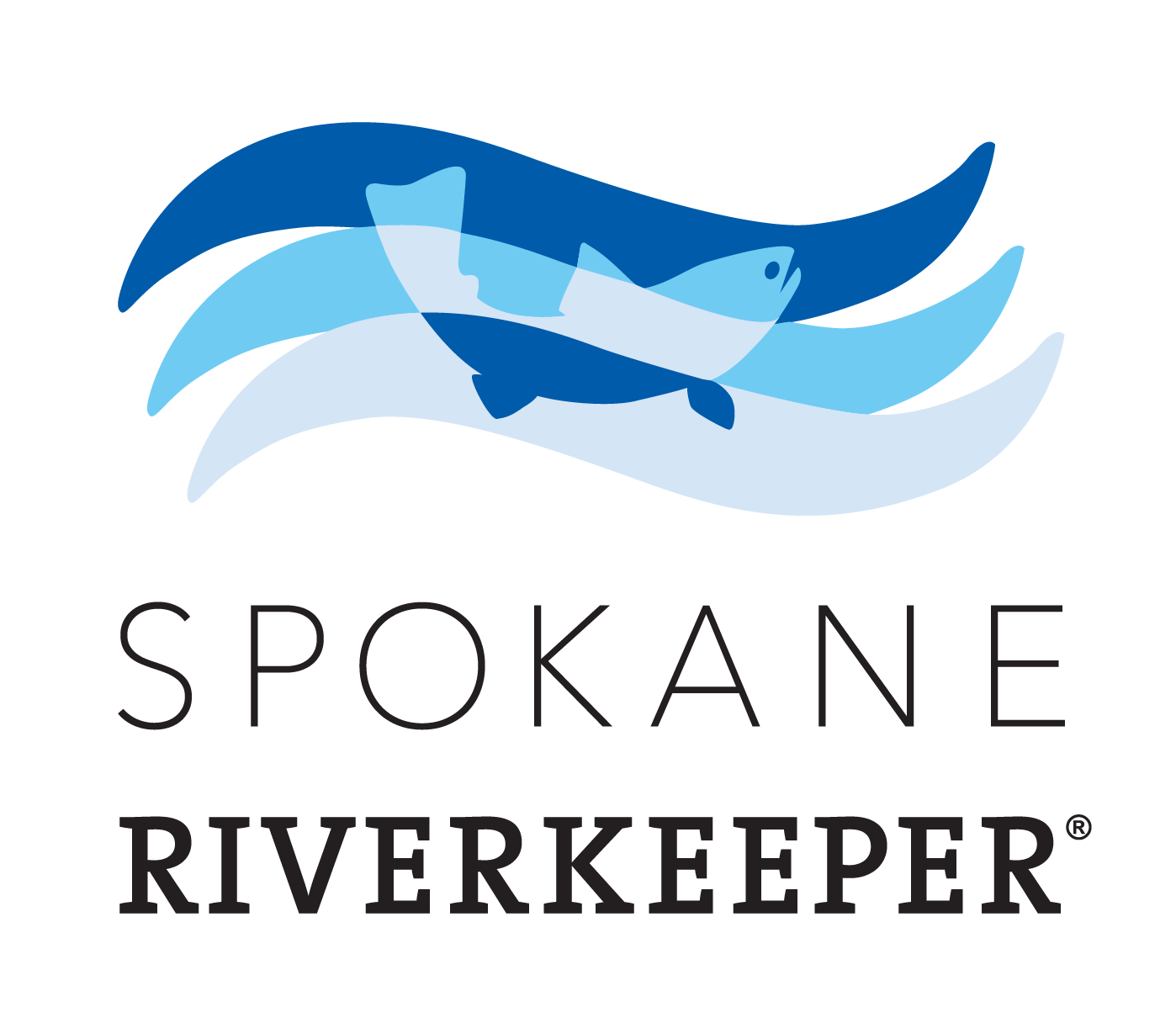In a recent decision, the Pollution Control Hearings Board made several key findings regarding regulation of Polychlorinated Biphenyls (PCBs) in the Spokane River. This ruling comes after five of the major dischargers (City of Spokane, Liberty Lake Sewer & Water District, Kaiser Aluminum, Inland Empire Paper Company, and Spokane County) challenged the effluent limits included in their NPDES permits issued in 2022.
Background: Permitting Process
The Department of Ecology has been granted authority by the Environmental Protection Agency (EPA) to issue permits and set the water quality standards for the State of Washington. The permits issued require dischargers to Ecology issued the permits at issue after a six year battle over the Washington Water Quality Standards (read more on that here). In particular, the standard for PCBs was flip flopping between a standard of 170 pg/L or 7 pg/L (note: downstream, the Spokane Tribe has a PCB standard of 1.3 pg/L). The permits were issued using the 170 pg/L standard.
In issuing permits, Ecology is tasked with determining whether the dischargers have a ‘reasonable potential to cause or contribute’ to the accumulation of PCBs in edible fish. If the discharger is found to have a reasonable potential to contribute, then they are assigned an effluent limit for PCBs in their discharge permit. Ecology found that any discharge of PCBs had potential to contribute. All five dischargers were found to have the potential to contribute to concentrations in fish tissue, so all received effluent limits. Additionally, the permits included a “reopener clause” that would allow Ecology to update the permits should new standards be issued again.
What About PCBs? Why Are They Contentious?
PCBs are no longer manufactured in the United States. But they can still be found ubiquitously. There are two main types of PCBs: legacy PBCs, associated with historical production, and inadvertent PCBs, produced through the manufacture of other chemicals and waste incineration. Regardless of the type, they degrade slowly, with higher chlorinated congeners degrading at a slower rate.
Notably, PCBs bioaccumulate in fish tissue, meaning fish absorb the pollutant overtime at higher levels than are present in the water. Fish absorb PCBs through both their diet and water intake through gills. Even small amounts of PCBs in the water are magnified as they persist in the food chain.
A critical aspect of the controversy is PCB testing methods. When testing for compliance with NPDES permits, federal regulations require using approved testing methods (called Part 136 tests). Method 608 is the only approved method for testing for PCBs, but it does not test low enough concentrations for either of the proposed standard (170 pg/L or 7 pg/L). There are other tests that exist for testing for PCBs, but they have not been approved for use in compliance monitoring. However, the Board found that unapproved methods can still be useful in monitoring progress and tracing the sources of the PCBs in fish tissue.
While Method 608 stands as the only approved method under EPA regulations, its limitations in detecting low concentrations of PCBs necessitate the use of alternatives. For example, though many question its reliability for compliance monitoring, Method 1668 has been used regularly by the dischargers to establish the effectiveness of current methods and determine whether they are a source of contamination. Method 1668 can detect significantly lower levels of PCBs than Method 608 and allows both dischargers and regulators to identify specific congeners present in tissue and water samples.
Moving Forward: What Comes Next?
There is still a long way to go to address PCBs in the Spokane River. There are still questions about each individual discharger for the Pollution Control Hearings Board to answer, however those hearings have been postponed. We are also still waiting for the latest lawsuit against the EPA regarding its approval of the PCB standard to make its way through the courts. Additionally, on May 1, 2024, we expect the EPA to release its draft final Spokane River PCB TMDL. This new TMDL will utilize the Spokane Tribe’s water quality standard of 1.3 pg/L to assign waste load allocations to each of the complaining dischargers and they will be expected to implement controls designed to meet those standards.

